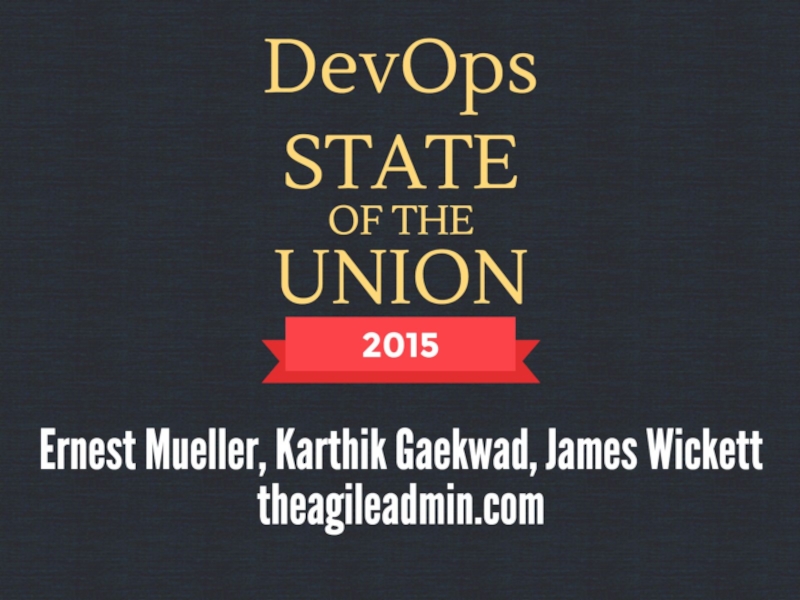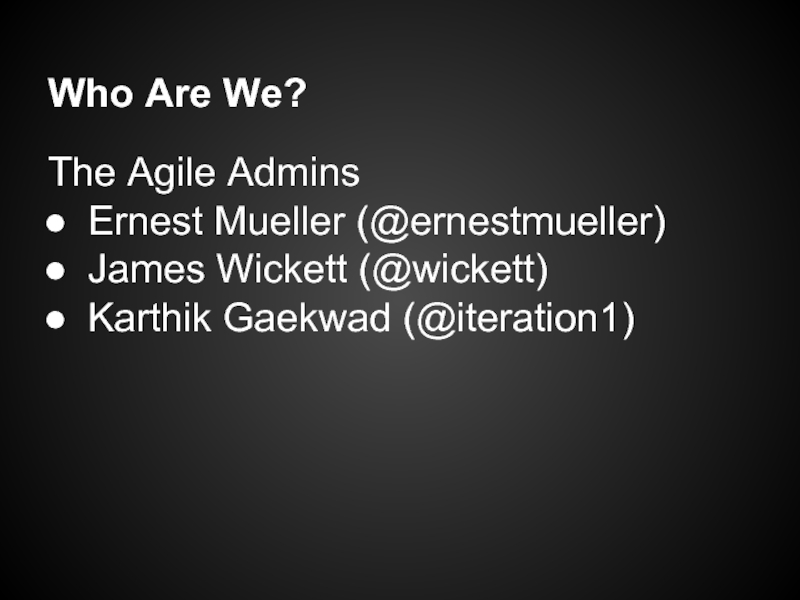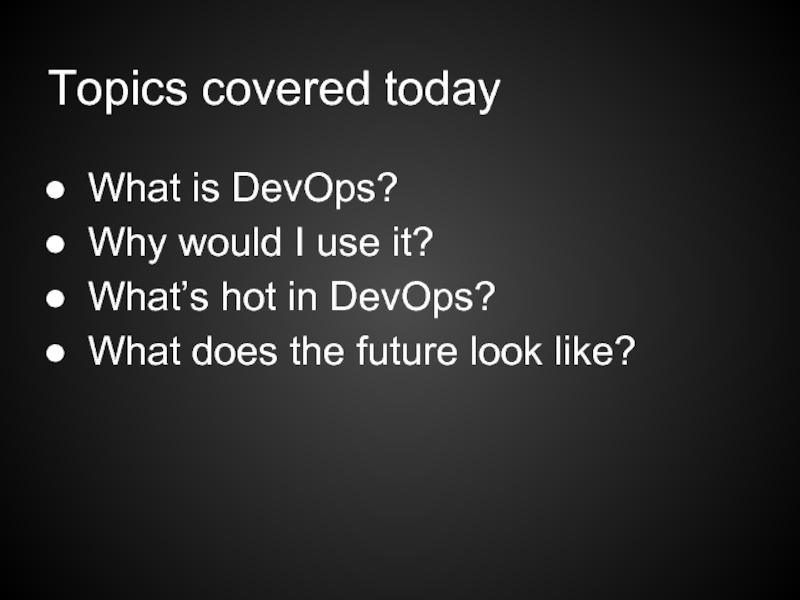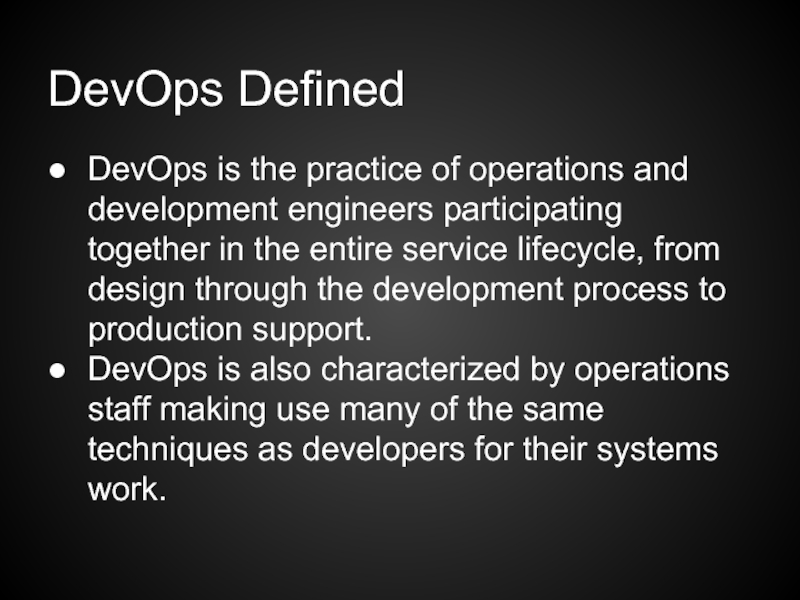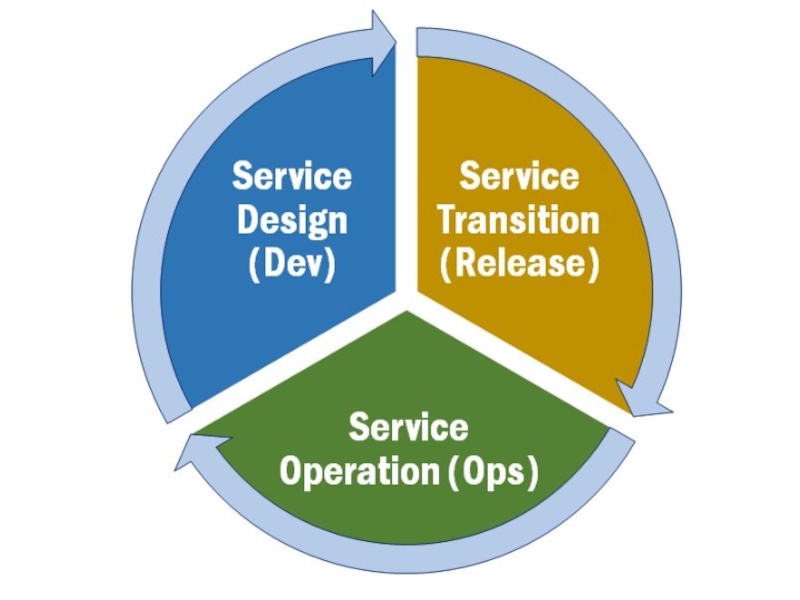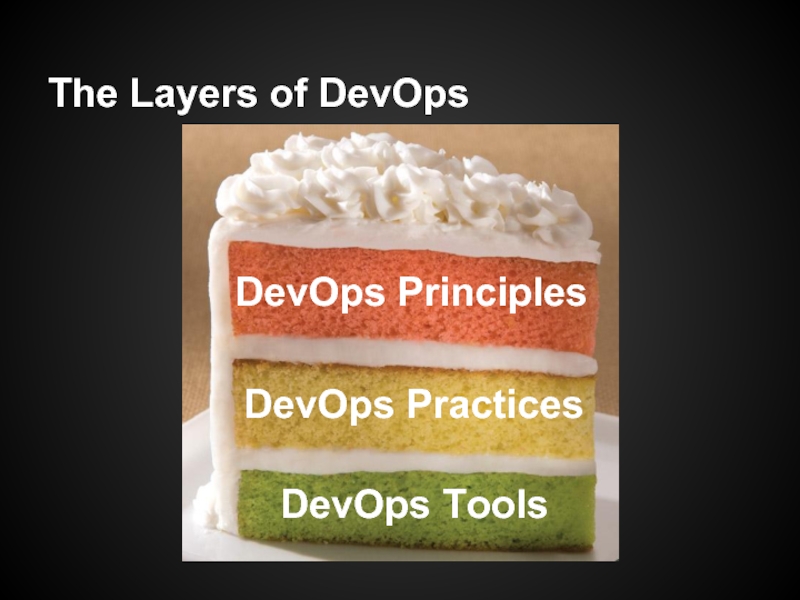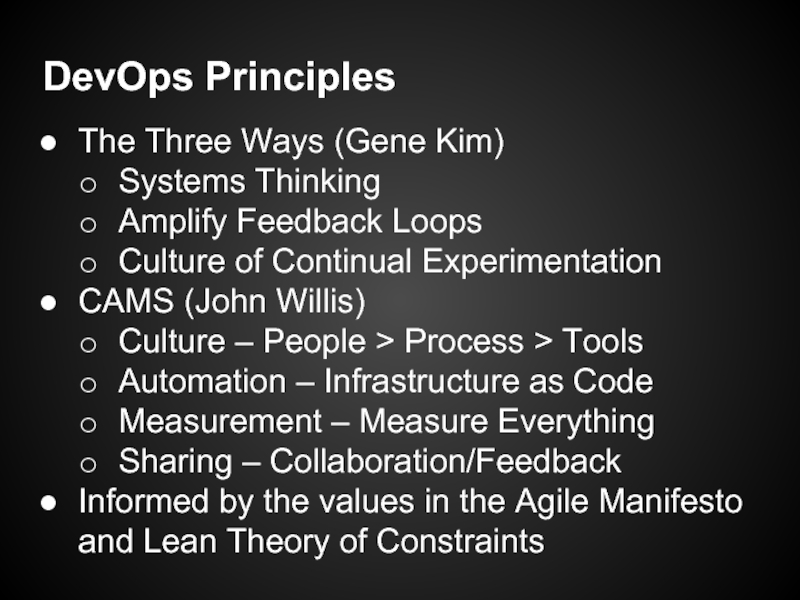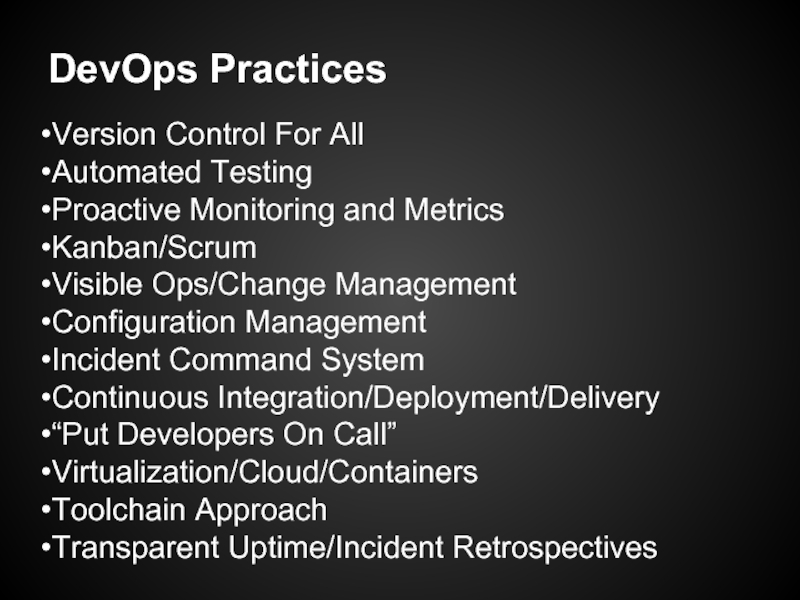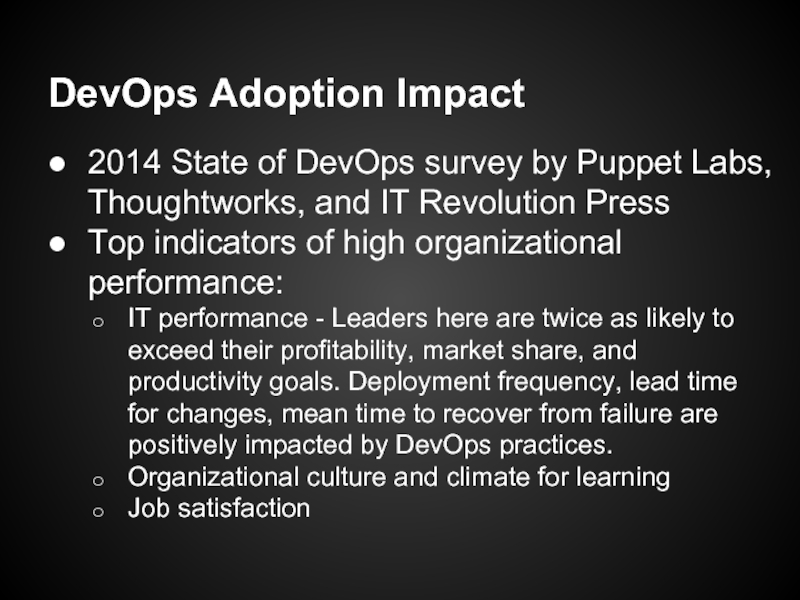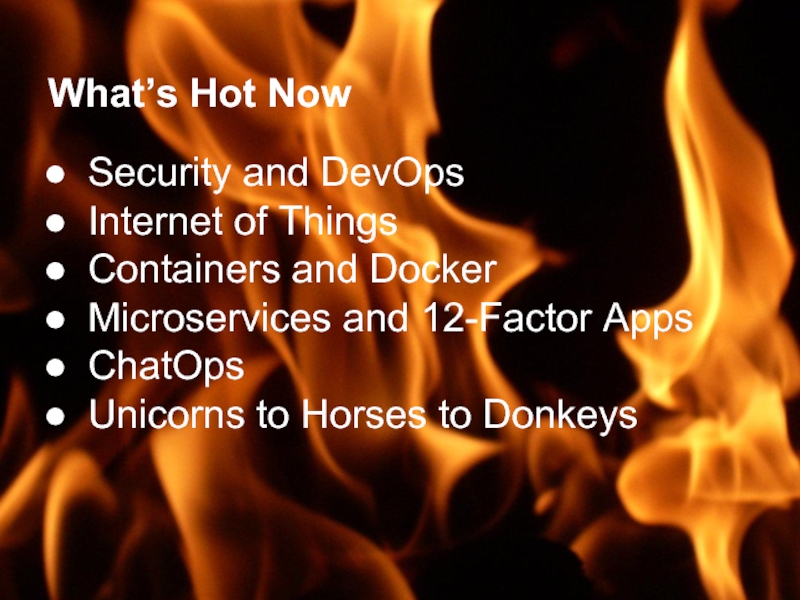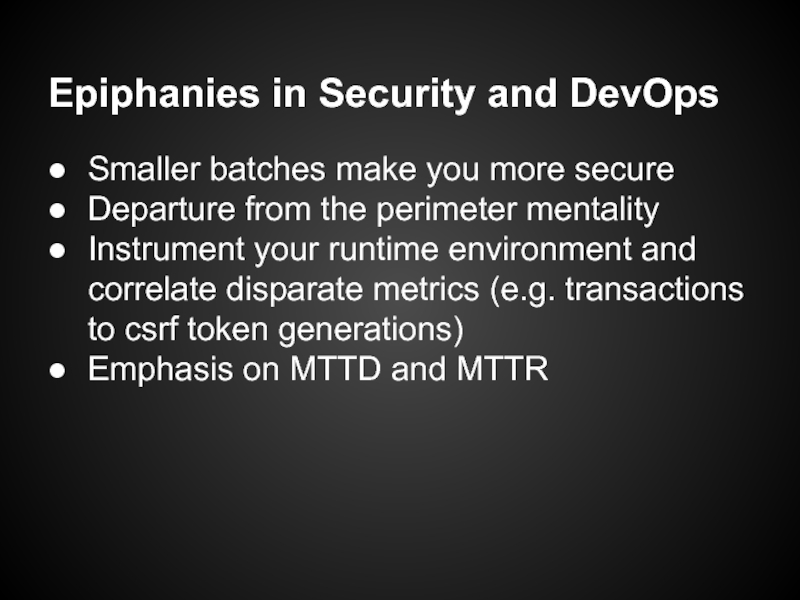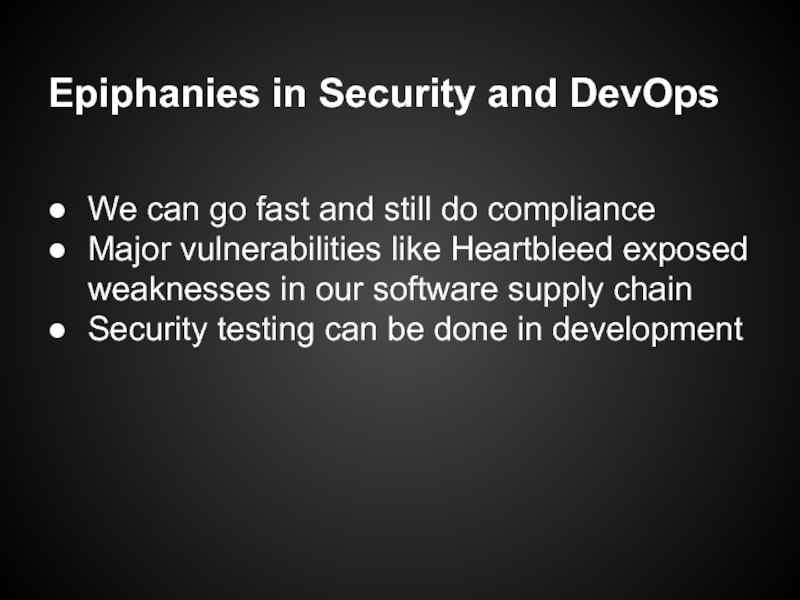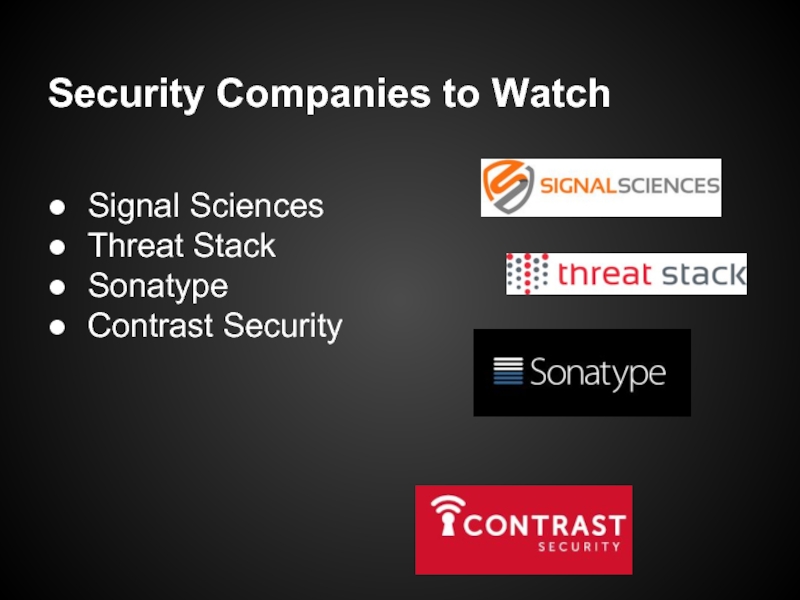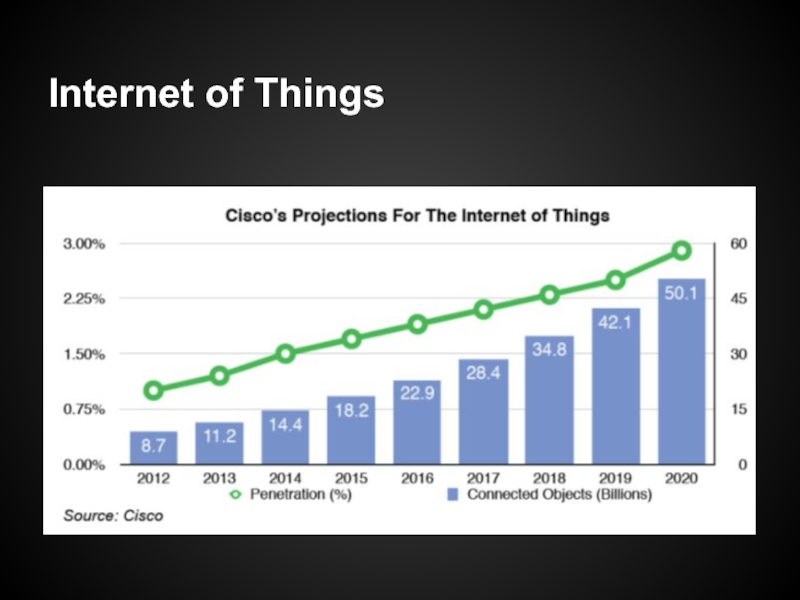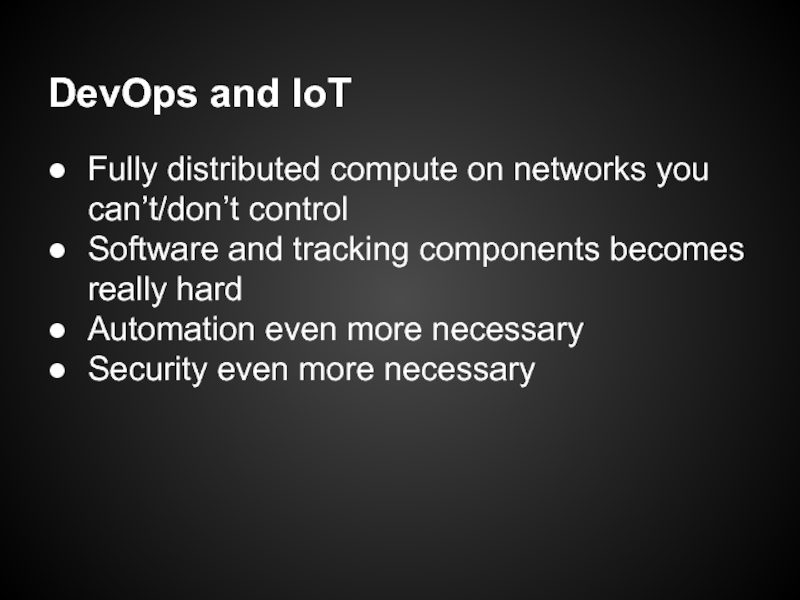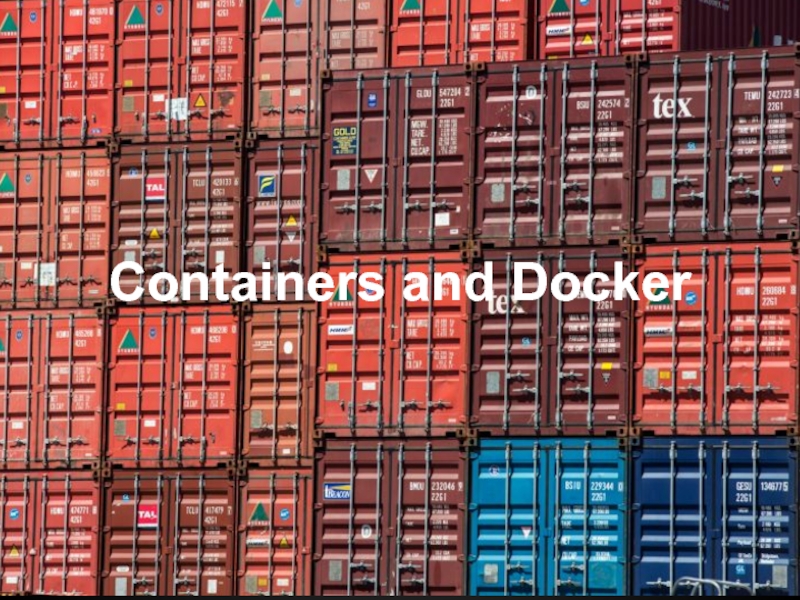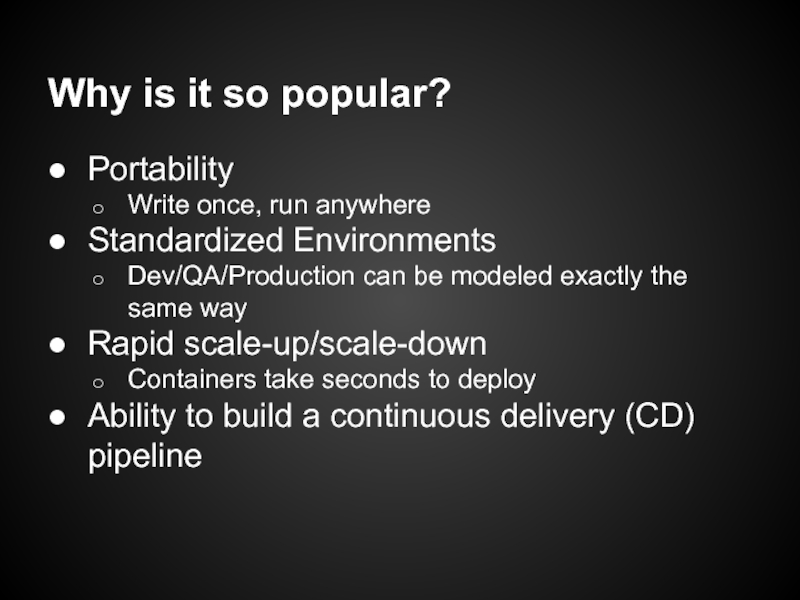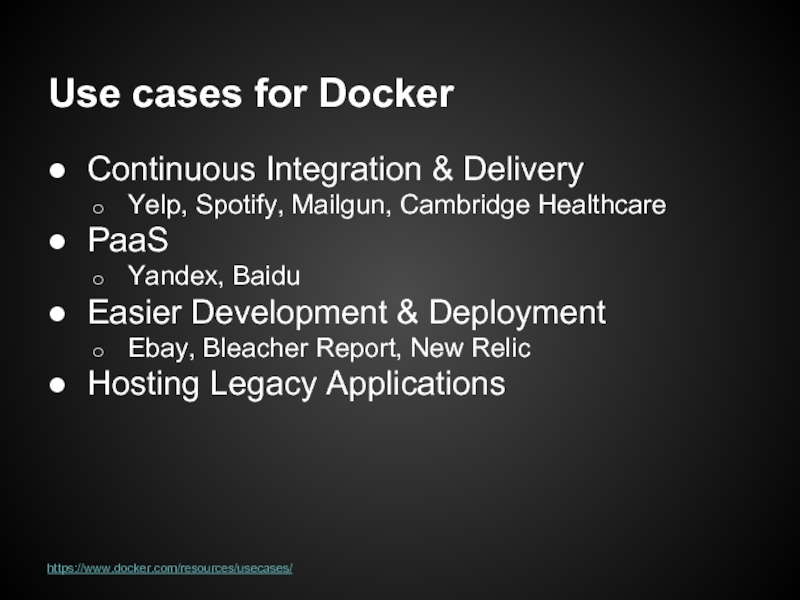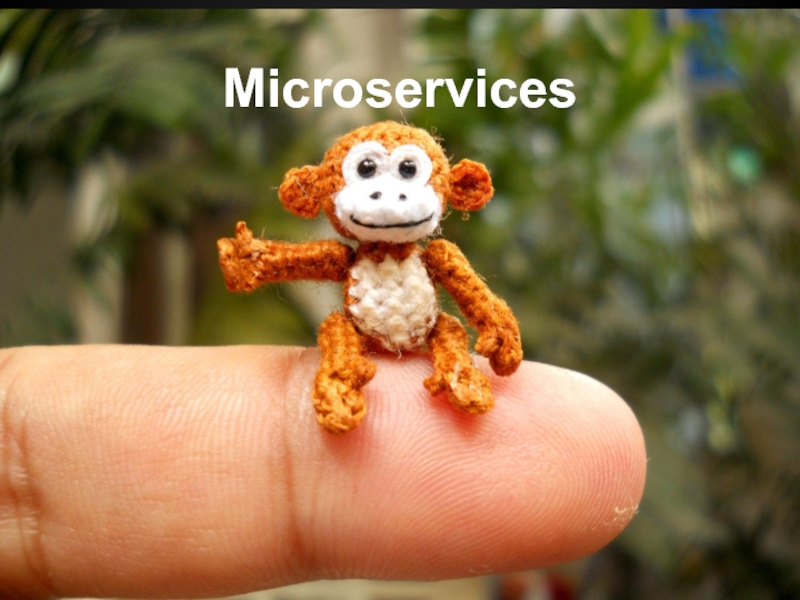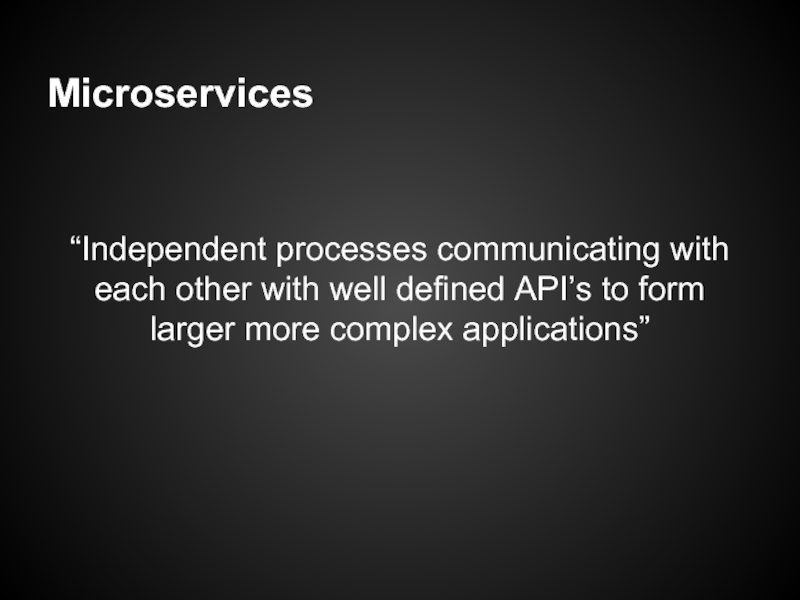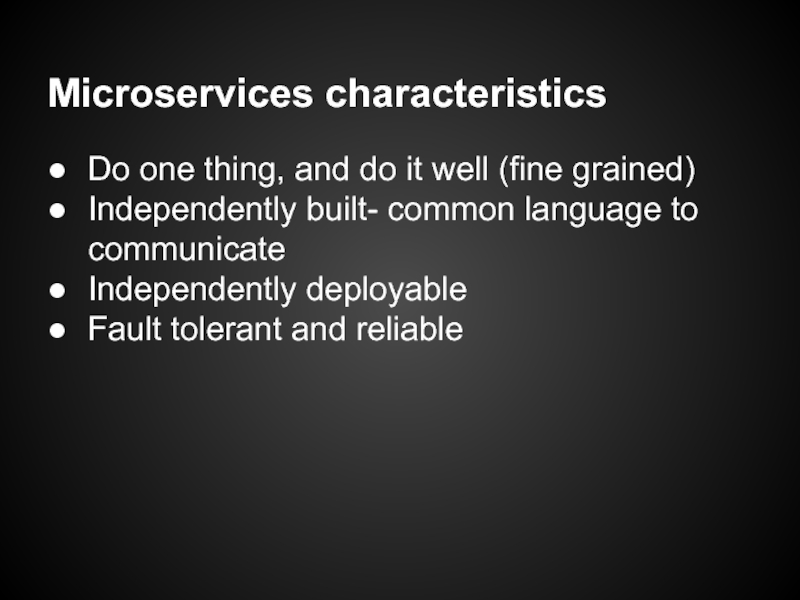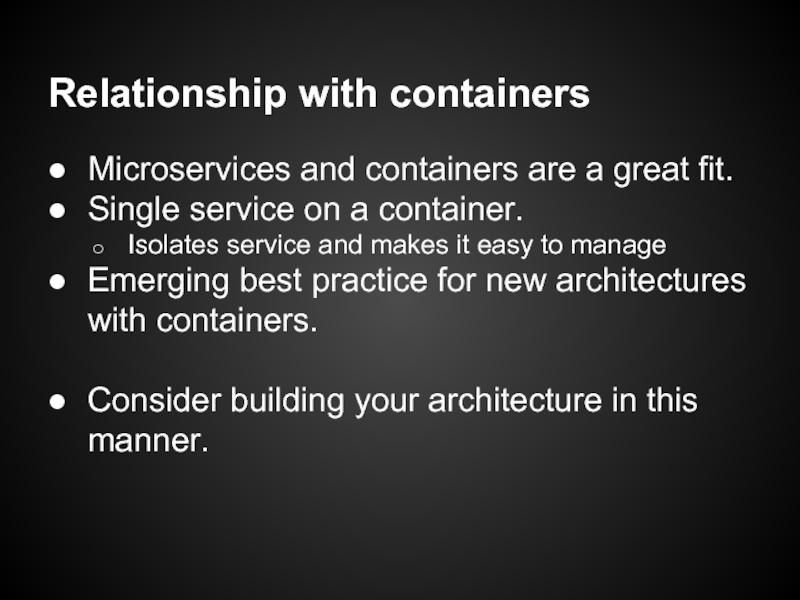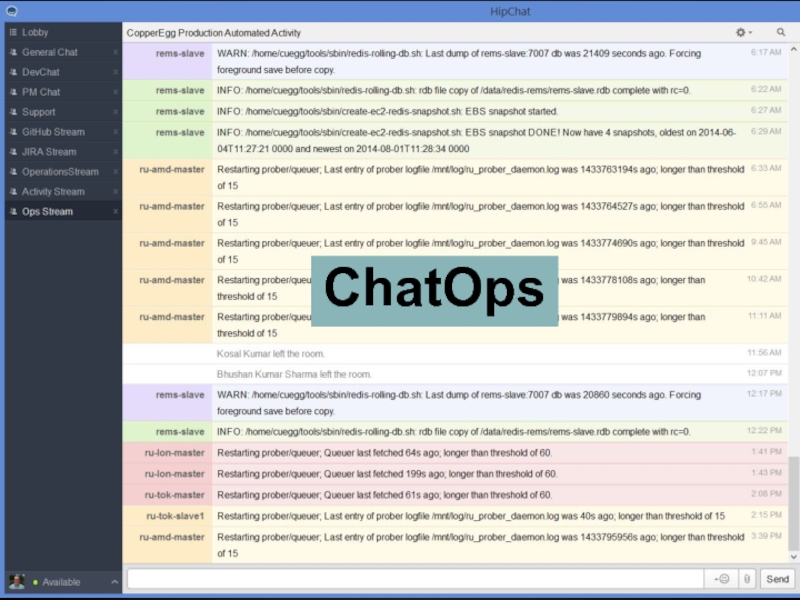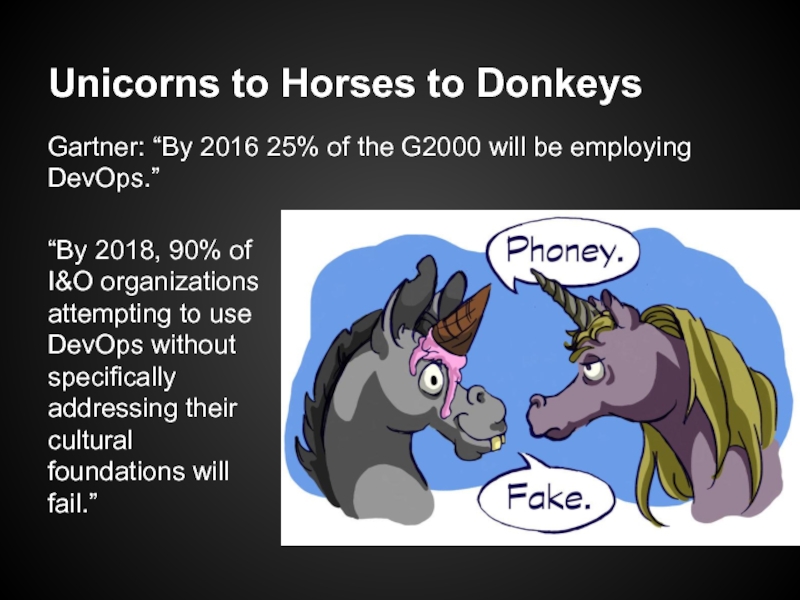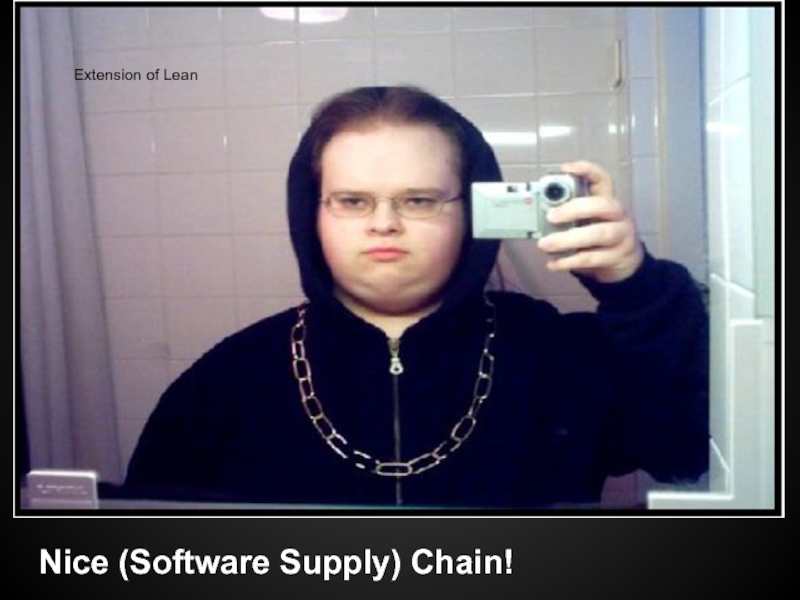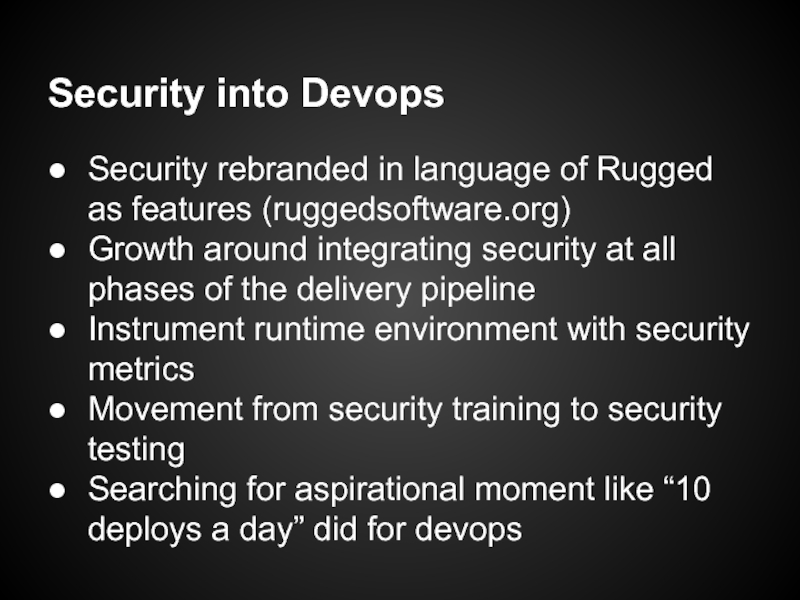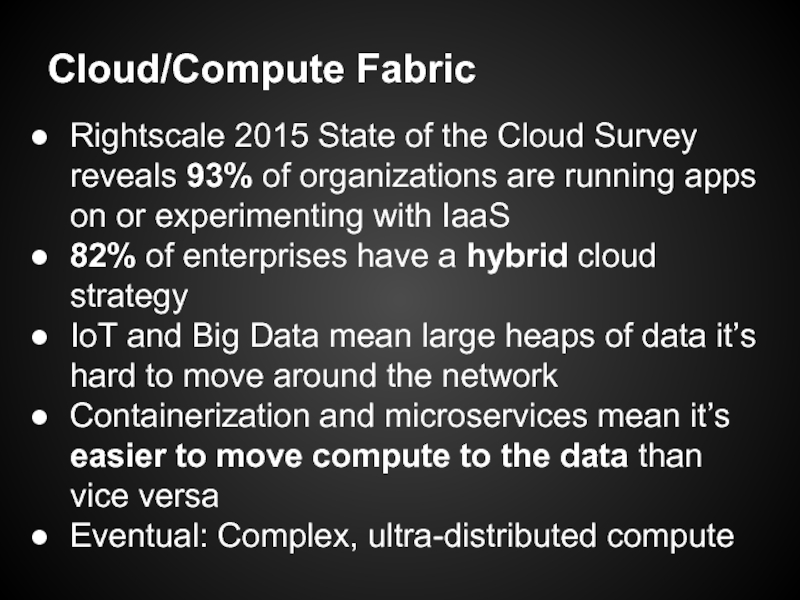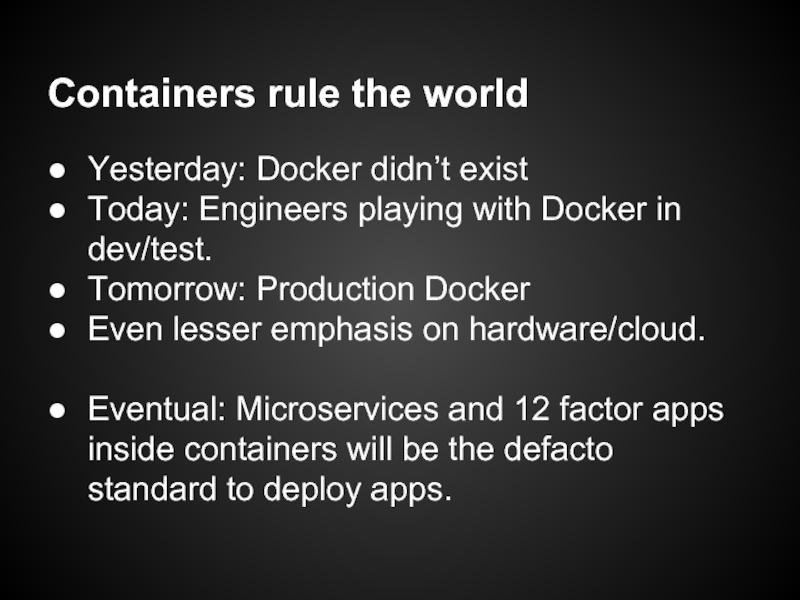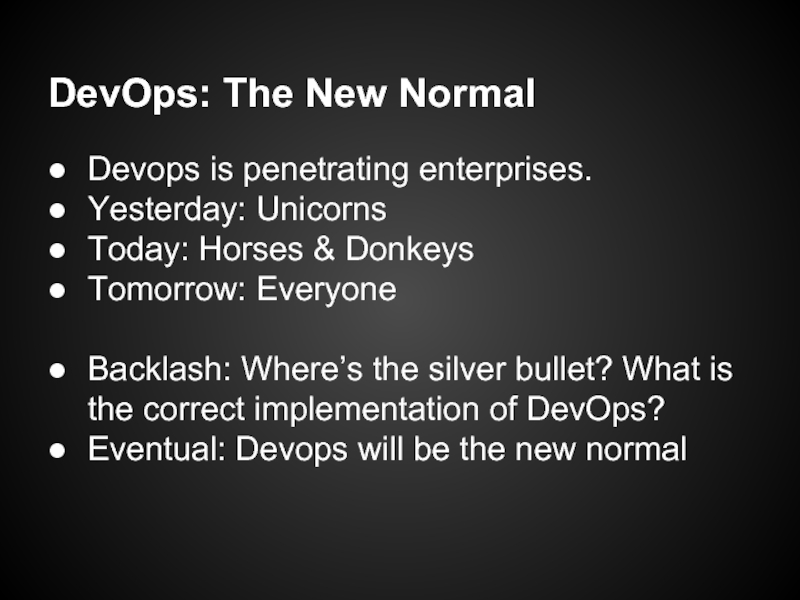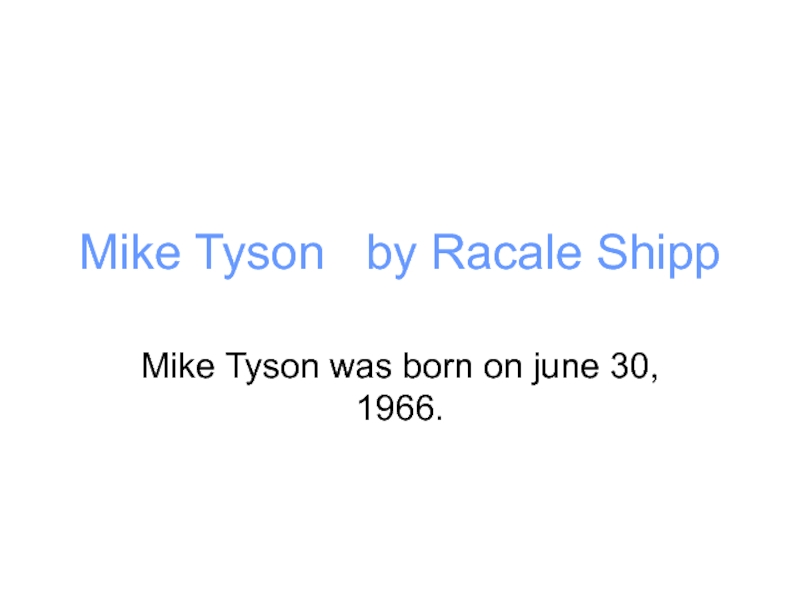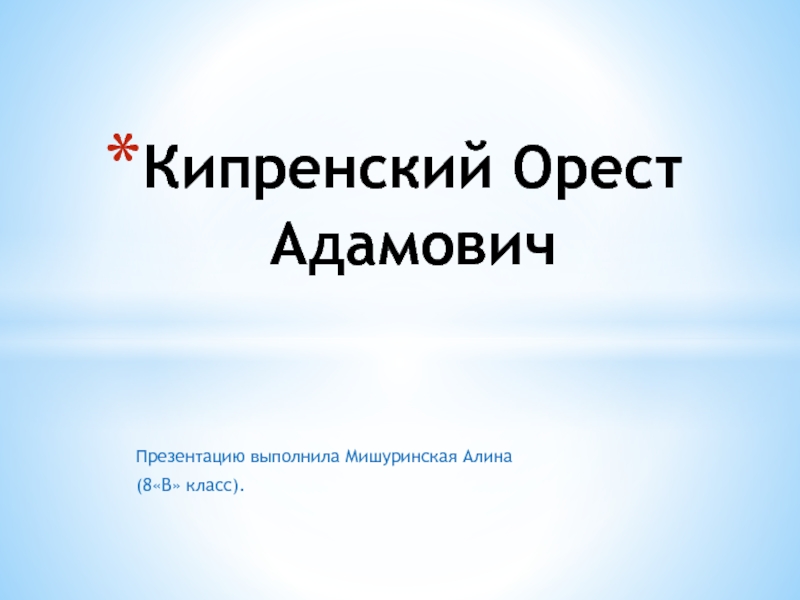- Главная
- Разное
- Дизайн
- Бизнес и предпринимательство
- Аналитика
- Образование
- Развлечения
- Красота и здоровье
- Финансы
- Государство
- Путешествия
- Спорт
- Недвижимость
- Армия
- Графика
- Культурология
- Еда и кулинария
- Лингвистика
- Английский язык
- Астрономия
- Алгебра
- Биология
- География
- Детские презентации
- Информатика
- История
- Литература
- Маркетинг
- Математика
- Медицина
- Менеджмент
- Музыка
- МХК
- Немецкий язык
- ОБЖ
- Обществознание
- Окружающий мир
- Педагогика
- Русский язык
- Технология
- Физика
- Философия
- Химия
- Шаблоны, картинки для презентаций
- Экология
- Экономика
- Юриспруденция
DevOps State of the Union 2015 презентация
Содержание
- 2. The Agile Admins Ernest Mueller (@ernestmueller) James Wickett (@wickett) Karthik Gaekwad (@iteration1) Who Are We?
- 3. Who Are You?
- 4. Things DevOpsers Care About Source: Devopsdays Austin Survey 2015 (500 participants)
- 5. Topics covered today What is DevOps? Why
- 6. DevOps Defined DevOps is the practice of
- 8. The Layers of DevOps DevOps Principles DevOps Tools DevOps Practices
- 9. DevOps Principles The Three Ways (Gene Kim)
- 10. DevOps Practices •Version Control For All •Automated
- 11. DevOps Tools Hardware (System provisioning/automation) Software (Software
- 12. DevOps Adoption Impact 2014 State of DevOps
- 13. What’s Hot Now Security and DevOps Internet
- 14. Security is where ops was 5 years ago...
- 15. Epiphanies in Security and DevOps Smaller batches
- 16. Epiphanies in Security and DevOps We
- 17. Security Companies to Watch Signal Sciences Threat Stack Sonatype Contrast Security
- 18. Internet of Things
- 19. DevOps and IoT Fully distributed compute on
- 20. Containers and Docker
- 21. Open source platform for developers
- 22. Docker Components Docker Engine Runtime and
- 23. Why is it so popular? Portability Write
- 24. Use cases for Docker Continuous Integration &
- 25. Players in the space
- 26. Microservices
- 27. “Independent processes communicating with each
- 28. Microservices characteristics Do one thing, and do
- 29. 12 Factor App Use declarative formats for
- 30. Relationship with containers Microservices and containers are
- 31. ChatOps ChatOps ChatOps
- 32. Unicorns to Horses to Donkeys Gartner: “By
- 33. The Future...
- 34. Future More Lean Extension Security Fully DevOpsed
- 35. Nice (Software Supply) Chain! Extension of Lean
- 36. Delivery Pipeline extension to Lean Your BOM
- 38. Security into Devops Security rebranded in language
- 39. Cloud/Compute Fabric Rightscale 2015 State of the
- 40. Testing and Monitoring Automated testing is a
- 41. Containers rule the world Yesterday: Docker didn’t
- 42. DevOps: The New Normal Devops is penetrating
- 43. Q&A http://bit.ly/devops2015
Слайд 2The Agile Admins
Ernest Mueller (@ernestmueller)
James Wickett (@wickett)
Karthik Gaekwad (@iteration1)
Who Are We?
Слайд 5Topics covered today
What is DevOps?
Why would I use it?
What’s hot in
What does the future look like?
Слайд 6DevOps Defined
DevOps is the practice of operations and development engineers participating
DevOps is also characterized by operations staff making use many of the same techniques as developers for their systems work.
Слайд 9DevOps Principles
The Three Ways (Gene Kim)
Systems Thinking
Amplify Feedback Loops
Culture of Continual
CAMS (John Willis)
Culture – People > Process > Tools
Automation – Infrastructure as Code
Measurement – Measure Everything
Sharing – Collaboration/Feedback
Informed by the values in the Agile Manifesto and Lean Theory of Constraints
Слайд 10DevOps Practices
•Version Control For All
•Automated Testing
•Proactive Monitoring and Metrics
•Kanban/Scrum
•Visible Ops/Change Management
•Configuration
•Incident Command System
•Continuous Integration/Deployment/Delivery
•“Put Developers On Call”
•Virtualization/Cloud/Containers
•Toolchain Approach
•Transparent Uptime/Incident Retrospectives
Слайд 11DevOps Tools
Hardware (System provisioning/automation)
Software (Software delivery pipeline)
Wetware (Process/human element)
Monitoring/Metrics (of all
Слайд 12DevOps Adoption Impact
2014 State of DevOps survey by Puppet Labs, Thoughtworks,
Top indicators of high organizational performance:
IT performance - Leaders here are twice as likely to exceed their profitability, market share, and productivity goals. Deployment frequency, lead time for changes, mean time to recover from failure are positively impacted by DevOps practices.
Organizational culture and climate for learning
Job satisfaction
Слайд 13What’s Hot Now
Security and DevOps
Internet of Things
Containers and Docker
Microservices and 12-Factor
ChatOps
Unicorns to Horses to Donkeys
Слайд 15Epiphanies in Security and DevOps
Smaller batches make you more secure
Departure from
Instrument your runtime environment and correlate disparate metrics (e.g. transactions to csrf token generations)
Emphasis on MTTD and MTTR
Слайд 16Epiphanies in Security and DevOps
We can go fast and still do
Major vulnerabilities like Heartbleed exposed weaknesses in our software supply chain
Security testing can be done in development
Слайд 19DevOps and IoT
Fully distributed compute on networks you can’t/don’t control
Software and
Automation even more necessary
Security even more necessary
Слайд 21
Open source platform for developers and sysadmins to build, ship and
What is Docker?
Слайд 22Docker Components
Docker Engine
Runtime and packaging tool
Installed on hosts that run
Docker Hub
Cloud service for storing and sharing apps
Save your docker images (public/private)
Слайд 23Why is it so popular?
Portability
Write once, run anywhere
Standardized Environments
Dev/QA/Production can be
Rapid scale-up/scale-down
Containers take seconds to deploy
Ability to build a continuous delivery (CD) pipeline
Слайд 24Use cases for Docker
Continuous Integration & Delivery
Yelp, Spotify, Mailgun, Cambridge Healthcare
PaaS
Yandex,
Easier Development & Deployment
Ebay, Bleacher Report, New Relic
Hosting Legacy Applications
https://www.docker.com/resources/usecases/
Слайд 27
“Independent processes communicating with each other with well defined API’s to
Microservices
Слайд 28Microservices characteristics
Do one thing, and do it well (fine grained)
Independently built-
Independently deployable
Fault tolerant and reliable
Слайд 2912 Factor App
Use declarative formats for setup automation; minimize time and
Clean contract with the underlying OS, offering maximum portability between execution environments;
Suitable for deployment on modern cloud platforms
Minimize divergence between development and production- enabling continuous deployment
Scale up without significant changes to tooling, architecture, or development practices.
Слайд 30Relationship with containers
Microservices and containers are a great fit.
Single service on
Isolates service and makes it easy to manage
Emerging best practice for new architectures with containers.
Consider building your architecture in this manner.
Слайд 32Unicorns to Horses to Donkeys
Gartner: “By 2016 25% of the G2000
“By 2018, 90% of I&O organizations attempting to use DevOps without specifically addressing their cultural foundations will fail.”
Слайд 34Future
More Lean Extension
Security Fully DevOpsed
Cloudification/Compute Fabric
Testing and Monitoring
Devops - The New
Containers Rule The World
Слайд 36Delivery Pipeline extension to Lean
Your BOM is part of your product
Ability
Quality metrics extending to customer usage
Слайд 38Security into Devops
Security rebranded in language of Rugged as features (ruggedsoftware.org)
Growth
Instrument runtime environment with security metrics
Movement from security training to security testing
Searching for aspirational moment like “10 deploys a day” did for devops
Слайд 39Cloud/Compute Fabric
Rightscale 2015 State of the Cloud Survey reveals 93% of
82% of enterprises have a hybrid cloud strategy
IoT and Big Data mean large heaps of data it’s hard to move around the network
Containerization and microservices mean it’s easier to move compute to the data than vice versa
Eventual: Complex, ultra-distributed compute
Слайд 40Testing and Monitoring
Automated testing is a best practice
Light/fast testing feeds CD
App
Logging, analytics being absorbed into it
There is no difference between monitoring and regression testing theoretically - only historically
Eventual: Convergence of regression testing and monitoring
Слайд 41Containers rule the world
Yesterday: Docker didn’t exist
Today: Engineers playing with Docker
Tomorrow: Production Docker
Even lesser emphasis on hardware/cloud.
Eventual: Microservices and 12 factor apps inside containers will be the defacto standard to deploy apps.
Слайд 42DevOps: The New Normal
Devops is penetrating enterprises.
Yesterday: Unicorns
Today: Horses & Donkeys
Tomorrow:
Backlash: Where’s the silver bullet? What is the correct implementation of DevOps?
Eventual: Devops will be the new normal
